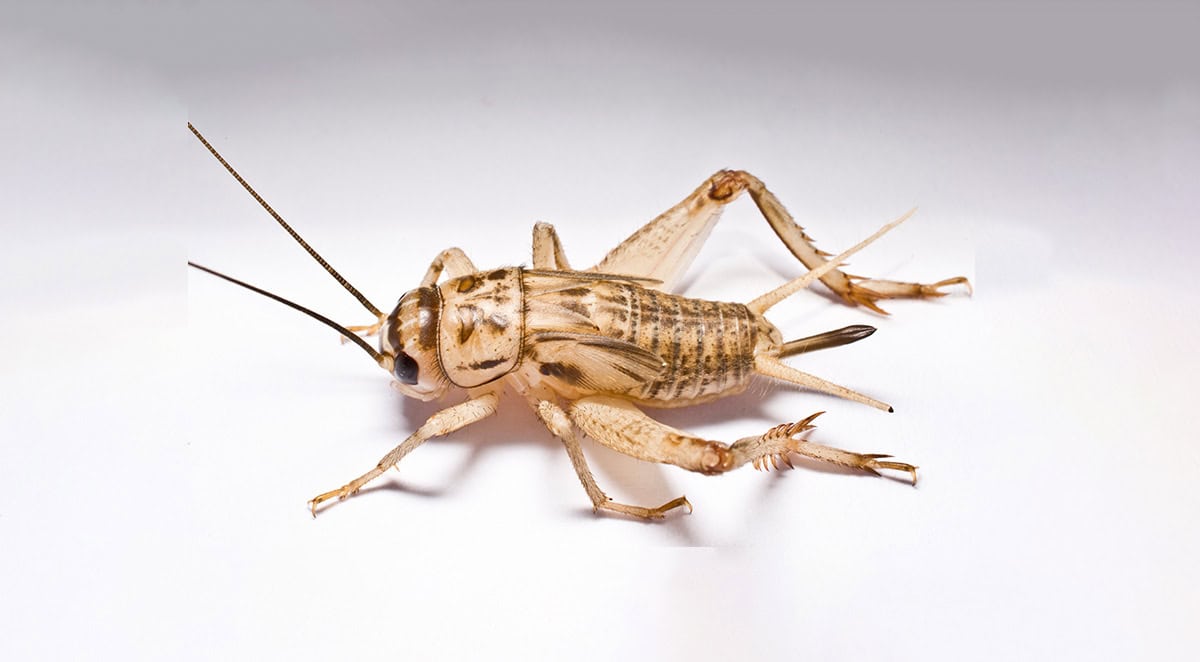Comprehensive Guide to Cricket Pest Control in Phoenix, AZ: Effective Strategies for Cricket Extermination
This comprehensive guide delves into the intricacies of cricket pest control in Phoenix, AZ, equipping readers with effective strategies for extermination and prevention. By exploring the biology and behavior of crickets, as well as practical tips for both DIY solutions and professional interventions, this article aims to empower homeowners and residents with the knowledge needed to tackle cricket infestations.
Whether you’re seeking immediate relief or long-term management solutions, this resource offers valuable insights to ensure a cricket-free environment.

Understanding Crickets
The Life Cycle of Crickets
Crickets undergo a simple metamorphosis that includes three distinct stages: egg, nymph, and adult.
- Egg Stage: Female crickets lay eggs in the soil or in crevices, which can hatch into nymphs within a few weeks, depending on environmental conditions such as temperature and humidity.
- Nymph Stage: Nymphs resemble miniature adults and go through several molts before reaching maturity. This stage can last anywhere from 4 to 8 weeks.
- Adult Stage: Adult crickets can live for several months, with their lifespan influenced by factors such as food availability and environmental conditions.
In Phoenix, AZ, the most common species of crickets include house crickets, black field crickets, and the blue sky cricket. Understanding these species is crucial for effective cricket pest control.
Cricket Behavior and Habitats
Crickets prefer specific environments that cater to their needs.
- Outdoor vs. Indoor Settings: Outdoors, crickets thrive in moist areas with plenty of vegetation. Indoors, they are often found in dark, damp places such as basements, kitchens, and bathrooms.
- Nocturnal Habits: Crickets are primarily nocturnal, which means they are most active at night. This behavior can lead to increased human interaction as their chirping can be quite loud and disruptive.
- Attractants: Factors such as light, food sources, and shelter can attract crickets to homes and gardens. Proper management of these attractants is essential for effective cricket control.
Effective Strategies for Cricket Extermination
DIY Cricket Control Methods
Homeowners can employ several DIY methods to manage cricket populations effectively.
- Natural Repellents: Essential oils such as peppermint, lavender, and tea tree oil can be mixed with water to create homemade sprays that repel crickets.
- Traps and Baits: Setting up traps using a simple mixture of sugar and water can effectively capture crickets. Commercial baits are also available for those seeking more robust solutions.
- Environmental Modifications: Reducing cricket-friendly habitats by eliminating standing water, trimming vegetation, and maintaining cleanliness can significantly deter cricket infestations.
Professional Pest Control Solutions
In some cases, professional intervention may be necessary.
- When to Consider Professional Extermination Services: If DIY methods fail to control the infestation, it may be time to consult pest control services such as Kindly Pest Control.
- Chemical Treatments: Professional pest control often involves chemical treatments that are effective in exterminating crickets. However, it is essential to choose a service that emphasizes safety and environmental responsibility.
- Integrated Pest Management (IPM): Many pest control companies, including Kindly Pest Control, utilize IPM approaches that combine various strategies for long-term cricket control.
Prevention Tips for a Cricket-Free Home
Home Maintenance and Exclusion Techniques
Preventing crickets from entering your home is crucial.
- Sealing Entry Points: Ensure that doors, windows, and cracks are sealed properly to prevent crickets from gaining access.
- Landscaping Tips: Maintaining a tidy yard by trimming grass and removing debris can deter crickets from making your garden their home.
- Regular Cleaning: Keeping your home clean and decluttered reduces hiding spots for crickets, making it less inviting for them.
Monitoring and Early Detection
Early detection is key to managing cricket populations.
- Signs of Infestation: Look for chirping sounds, droppings, and damage to fabrics or plants as indicators of a cricket infestation.
- Monitoring Tools: Sticky traps and visual inspections can help monitor cricket populations effectively.
- Importance of Early Intervention: Addressing a cricket problem at its onset can prevent larger infestations and more complicated control measures.
Conclusion
Recap of Key Strategies for Cricket Pest Control
In summary, effective cricket pest control involves a combination of DIY methods and professional services.
- Summary of Options: Homeowners can choose from natural repellents, traps, and environmental modifications for immediate relief, while also considering professional services for persistent issues.
- Importance of Prevention and Monitoring: Regular maintenance and monitoring are essential to keep your home cricket-free.
- Encouragement for Proactive Steps: Taking proactive measures will ensure a comfortable living environment free from the disturbances caused by crickets in Arizona.

Fast Response Time
We know how inconvenient pests are, so we respond quickly and provide service within 24 hours.

Kindly Pest Guarantee
We stand by our work with free re-services. If pests return between your scheduled services, we’ll come back at no cost.

Comprehensive Pest Coverage
Our protection program covers more than just the “easy” pests. We handle 29 of the most common household pests.